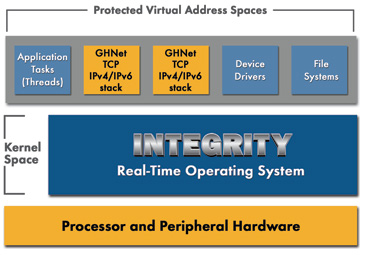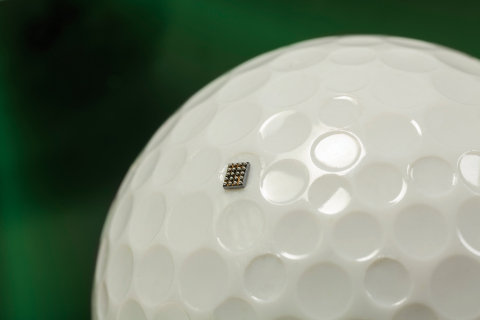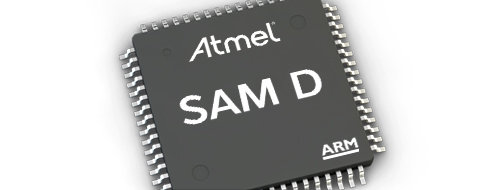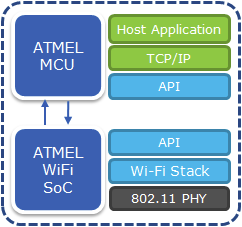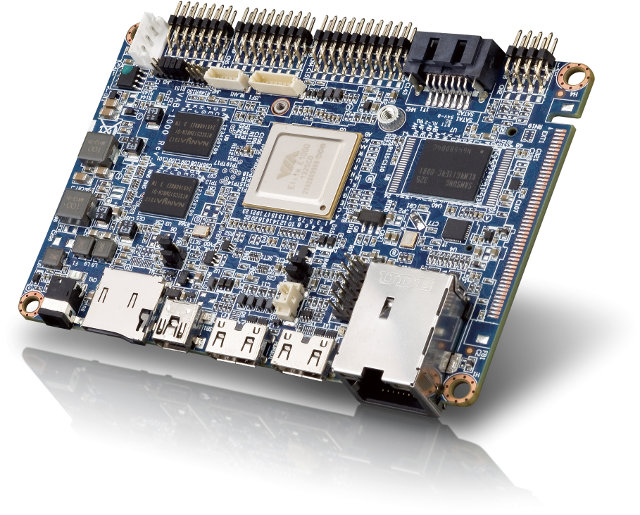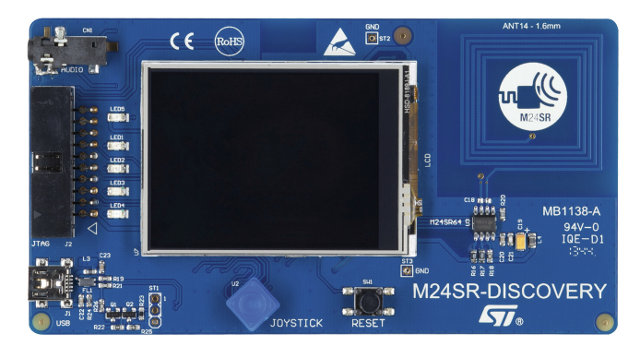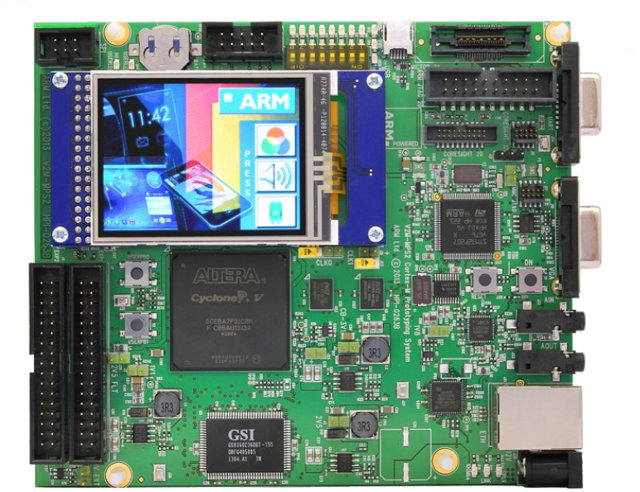The latest SoCs based on 64-bit ARM Cortex A53 and A57 are not only going to be used in servers and high-end mobile devices, and some embedded applications in automotive, industrial, Mil/Aero sector, as well as the Internet of Things (IoT) will also leverage the low power, high performance of ARMv8 processors. Green Hills Software has announced their INTEGRITY real-time operating system (RTOS) and MULTI integrated development environment (IDE) will support SoCs based on ARM Cortex A50 series cores. Green Hills provide the following solutions on ARMv8 Fast Model virtual platform: INTEGRITY RTOS which comes with functional safety certifications in industrial, medical, automotive and railway, and delivers real-time determinism Green Hills C/C++ Optimizing Compilers/assembler and 64-bit toolchain MULTI 64-bit IDE debugger, MISRA C/C++ code quality adherence, profiler and other integrated tools. Only ARMv8-A is supported for now, but not ARMv8-R, destined to be used in safety-related applications in automotive and […]
Meet Freescale Kinetis KL03, the Smallest Ever ARM MCU
Last year at Embedded World 2013, Freescale announced Kinetis KL02, an ARM Cortex M0+ MCU measuring just 1.9 x 2.0mm. Customer must have complained that it’s not small enough, as the company has just unveiled Kinetis KL03 MCU, 15% smaller or 1.6 x 2.0 mm, at Embedded World 2014. Just like its predecessor KL03 targets space-constraint IoT applications such as ingestible healthcare sensing, portable consumer devices, remote sensing nodes, and wearable devices. Kinetis KL03 MCU features include: 48 MHz ARM Cortex-M0+ core, 1.71-3.6V operation Bit manipulation engine for faster, more code-efficient handling of peripheral registers 8 to 32 KB flash memory, 2 KB RAM, 8K ROM with on-chip boot loader High-speed 12-bit ADC Internal voltage reference for high ADC accuracy High-speed analog comparator Up to 22 GPIOs with pin interrupt support Low-power UART, SPI, I2C (high speed) Low power wake up Secure real time clock Timers for a broad range of […]
Atmel Adds SAM D21, D10 and D11 MCUs to Its ARM Cortex M0+ SAM D Family
Atmel launched SAM D20 MCU family based on ARM Cortex M0+ last year, and at Embedded World 2014, the company has launched three new MCU families featuring ARM ultra low power core with SAM D10, SAM D11, and SAM D21 families and their corresponding Xplained PRO development boards. Atmel four SAM D families target different applications and price points: SAM D10 – The smallest member of the SAM D family in terms of memory, pin count, and features. SAM D11 – Adds full-speed USB not available on the SAM D10. SAM D20 – “Offers a rich set of peripherals, flexibility, and ease-of-use with low power consumption.” SAM D21 – Adds features such as full-speed USB, DMA, high-end timers/counters to D20 design. I’ve compared the four families in the table below: SAM D10 SAM D11 SAM D20 SAM D21 # MCU in Family 4 4 15 12 MCU Core ARM Cortex-M0+ […]
Atmel Introduces ARM Cortex M0+ based SmartConnect Wi-Fi Modules and SmartConnect Zigbee SoCs
In order for the Internet of Things to take off, wireless connectivity solutions with ultra low power, lost cost, and small footprint are needed. Atmel seems to have made a step in the right direction by launching SmartConnect Wi-Fi modules and Zigbee SoCs featuring an ARM Cortex M0+ core. SmartConnect Wi-Fi does not appear to be a single chip solution, but instead Atmel has created a family of Wi-Fi modules integrating the company’s ultra-low power Wi-Fi SoChip with an ARM Cortex M0+ based MCU. These modules will enabled battery-powered Wi-Fi connectivity for IoT endpoints such as thermostats, and temperature sensors in a cost effective way. The company will provide a software solution with application and security protocols such as TLS, TCP/IP stack and an RTOS, all of which can be downloaded via Atmel Studio 6 Integrated Development Platform (IDP). SmartConnect ZigBee SAM R21 combines an ARM Cortex M0+ core with […]
VIA VAB-1000 Pico-ITX Board Features VIA Elite E1000 Dual Cortex A9 SoC, Targets Embedded Android and Linux
Via has introduced VAB-1000 Pico-ITX board at Embedded World 2014. This new embedded board features VIA Elite E1000 dual Cortex A9 SoC together with 2GB DDR3 SDRAM, 4GB eMMC Flash memory, and numerous I/Os. The board targets interactive kiosk, digital signage and HMI (Human Machine Interface) applications running Android or Linux. VIA VAB-1000 Specifications: SoC – VIA Elite E1000 dual core Cortex A9 SoC with unnamed 2D/3D GPU with Unified Shader Architecture featuring 64 stream processors System Memory – 2GB DRR3 Storage – 4GB eMMC + microSD slot Back panel I/O 2x HDMI connectors for HDMI-in and HDMI-out 2x mini-USB 2.0 port 1x MicroSD slot 1x Gigabit Ethernet port 1x DC-in Jack. Front panel I/O 1x pin header for two additional USB ports 1x pin header for SPI and 8-pin GPIO 1x pin header for three I2C and two COM ports 1x pin-header for front audio (Line-in/Line-Out/Mic-In). Internal I/O 1x […]
STMicro To Launch $24 M24SR Discovery Kit for NFC Applications at Embedded World 2014
STMicro will unveil an a new development board called M24SR Discovery Kit absed on the company’s M24SR dynamic NFC tags to help designers easily add NFC connectivity to different kind of electrical devices such as fitness bands, loudspeakers, washing machines, water meters, and more. There are two models for MS24SR Discovery kits: Standard and Premium editions. The Premium editions adds a headset and a Bluetooth module to pair it with a smartphone via NFC. Here are the key features of MS24SR-Discovery board: MCU – STM32F103RGT6 64LQFP 32-bit microcontroller, with 1Mbytes of Flash memory NFC – M24SR64-Y Dynamic NFC/RFID tag Antenna – 31 mm x 30 mm, 13.56 MHz double layer inductive antenna etched on the PCB (ANT14) Display – LCD Color Screen (320 x 200 pixels) Misc – Different color LEDs, Joystick for menu selection Debug – JTAG connector for microcontroller firmware upgrade and debug Power – +5V via USB microB […]
ARM Unveils Cortex-M Prototyping System Based on Altera Cyclone V FPGA
Before micro-controllers or processors are manufactured, simulation is performed in (usually) expensive boards based on FPGA chips from Altera or Xilinx, and once designers have found the system to work as expected, they can move to the next phase and work on the actual silicon. ARM has just released V2M-MPS2 Cortex-M Prototyping System for MCU / SoC / ASIC designers working on Cortex-M processors. Key features: Altera Cyclone V FPGA with ~150K LE 4x 2MB ZBTRAM (32-bit each, with two of them forming a 64-bit memory). ZBT = Zero Bus Latency 16MB PSRAM (16-bit) Touch screen LCD module Range of hardware interfaces – UART, VGA (4 bit per color), SPI, audio (I2S), Ethernet, LEDs, buttons I/O expansion ports (GPIO) FPGA images for Cortex-M processors Example project for Cortex-M0 DesignStart (processor IP has to be licensed separately) USB connection for downloading FPGA images and program image to micro SD card on board […]


